In Dungeons & Dragons, players can have infinite unique adventures, even within the same worlds and pre-written adventures, by establishing a specific tone within the game. These can be themes of horror and despair, heroic saviors attempting to restore order, or lighthearted encounters with comedic characters.
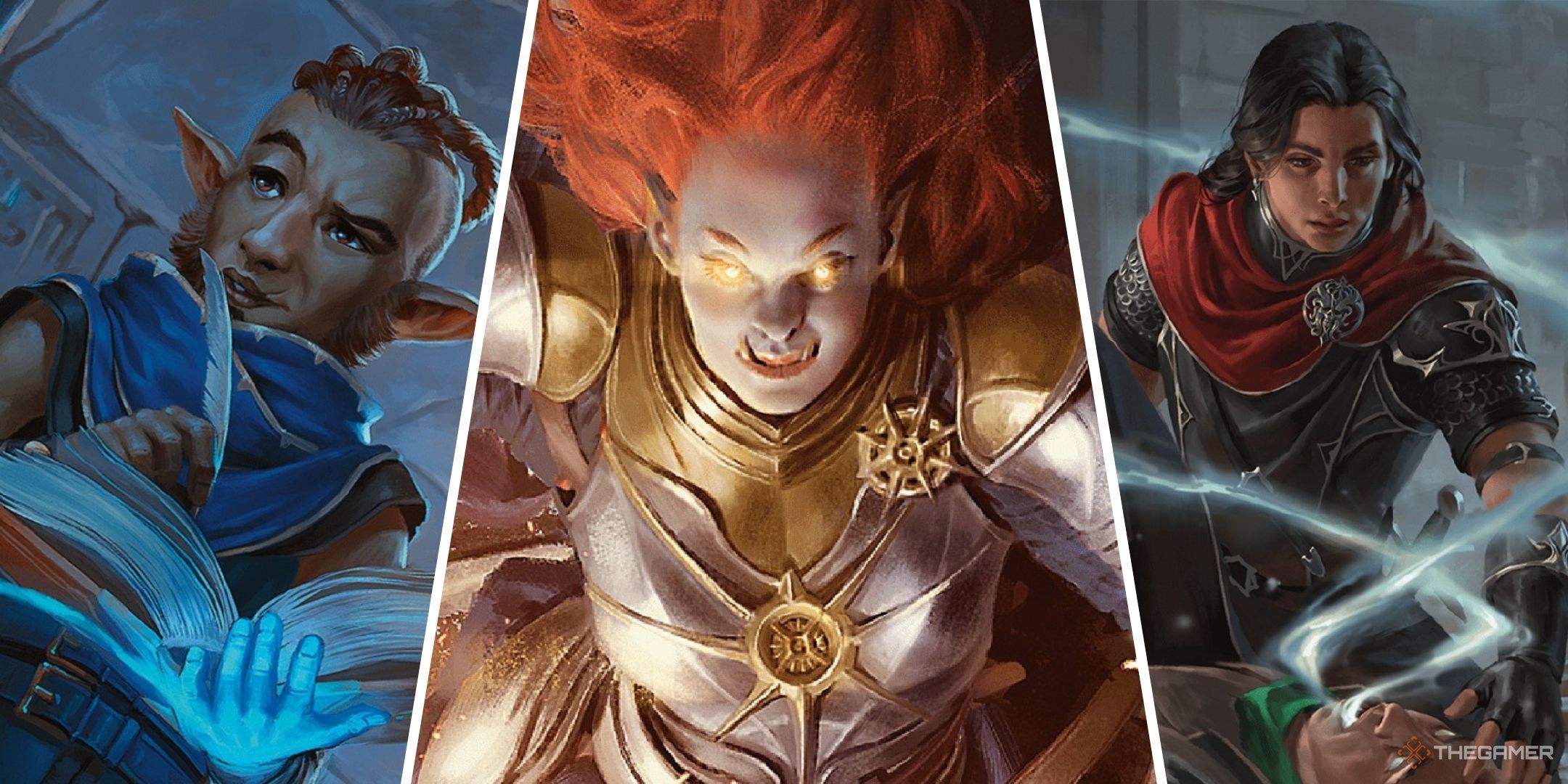
Related
Dungeons & Dragons: The 18 Most Useful Second-Level Spells, Ranked
Even as a second-level player in Dungeons & Dragons you have quite a lot of power, you just need to know how to use it with these powerful spells.
While combining all three can create well-rounded D&D campaigns, focusing on strengthening one or the other can lead to playing specific genres of games. Establishing the correct tone is what allows your players to feel the right emotions and roleplay appropriately, much like a conductor to an orchestra.
8
Perform Tone Shifts
Shifting the tone of the game can remind your players of the atmosphere while preparing them for a new direction that feels exciting and engaging. This can be making the giant, scary spider say or do something strange or humorous that eases the tension into something comedic.
This can also be done in reverse, having a traditionally whimsical or jokey NPC say or do something entirely out of character that increases the stakes and tension, alerting the player to their darker side. It also feels nice as a player to feel shifting moods during the game, which can keep it from feeling stale after hours rolling dice.
7
Use Ambient Sound Or Music
One of the most popular tricks by dungeon masters is using sound and music to help establish the atmosphere of the game or even the location the players are in. This can be a medieval tavern ambiance combined with a troupe of bards playing in the background or the dripping water and squeaking bats from a dank cave.
Other than ambiance, music is a great tool for setting the tone. Using echoing organ music while the players are in Strahd’s castle makes the ordeal feel more haunting and uneasy than just descriptions alone. Whether from a speaker on the table or Discord bots playing YouTube videos, there is a way to include sound in your game if you want it.
Roll 20 has a Jukebox feature, which allows DMs to choose from readily available tracks or upload their own files.
6
Focus On Descriptions
As a DM, 90 percent of your job is to describe things to your players, from NPCs, to locations, to the effects of intense magic. Adjusting your description, you can make a cult summoning Tiamat a tense encounter with high stakes or a bumbling mess of fools the party is more than willing to deal with.
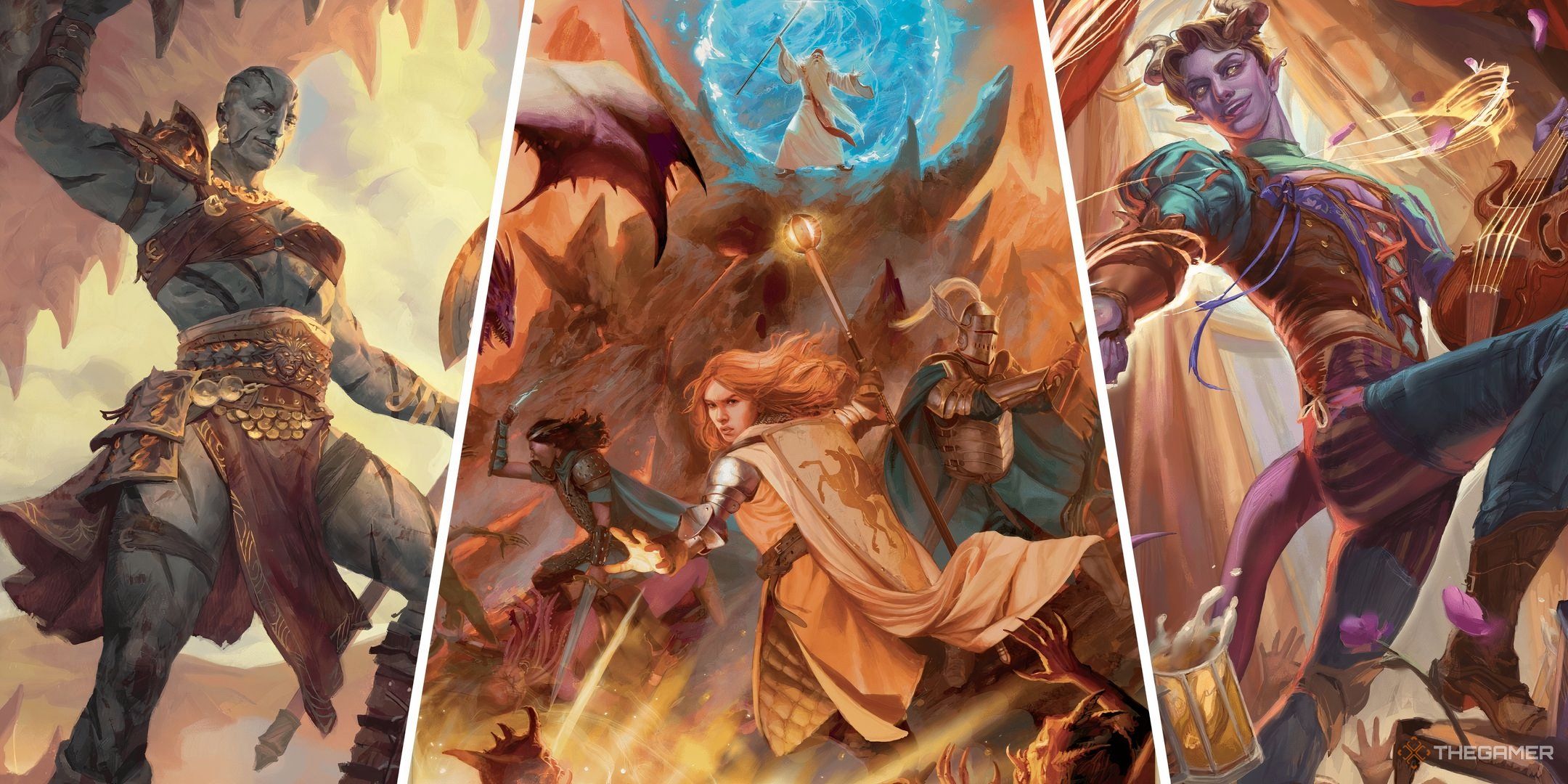
Related
Dungeons & Dragons: 10 Tips For Better Character Creation
Don’t fall back on the mundane; make better characters for your next campaign.
For established locations you know your players will visit, consider writing descriptions beforehand to help you find the right words and set the tone for the session. This is a skill that could take some time to master, so don’t be discouraged if you aren’t finding the right words to improvise in the moment.
5
Reinforce Tone In The Recap
The recap is the first step to getting the players back into the game exactly where they left off. Here you should allow yourself to embellish the events of the last session and reinforce the tone with descriptive language, since players are often forgetful or need some extra help getting back into character.
If you prefer to state your own recaps, make sure to write them down beforehand to make sure you are gathering all the necessary info and finding ways to tie in descriptions. Even if you prefer your players do recaps, you can add in your own flair at the end that places their characters in the current moment.
4
Use Appropriate Monsters
With literally thousands of monsters in fifth edition alone, it’s easy to flip to a random page in the Monster Manual and pick the first monster in your player’s challenge rating. However, each monster has a place within the game that can influence the tone and can be intended for specific themes.
In a Feywild adventure with carnival games and giant snail racing, you don’t want to include infernal creatures that lack whimsy and charisma, like Lord Juiblex. If there isn’t a monster exhibiting the specific qualities you need for your game, or you don’t want to sift through thousands of stat blocks, you can always just create the monster you need.
Always prioritize your player’s triggers. Placing a giant spider in a cave might scare your players in unfun ways if they’ve established an arachnophobia.
3
Craft Plot Hooks With Tone In Mind
Encounters and longer-form adventures can include many other techniques for improving tone, but can be ultimately flawed if not considered how they belong in the campaign. For instance, a heroic adventure might require something for the players to save or rescue, but will quickly lead to horror if they are fighting off indefinite madness and untold abominations.
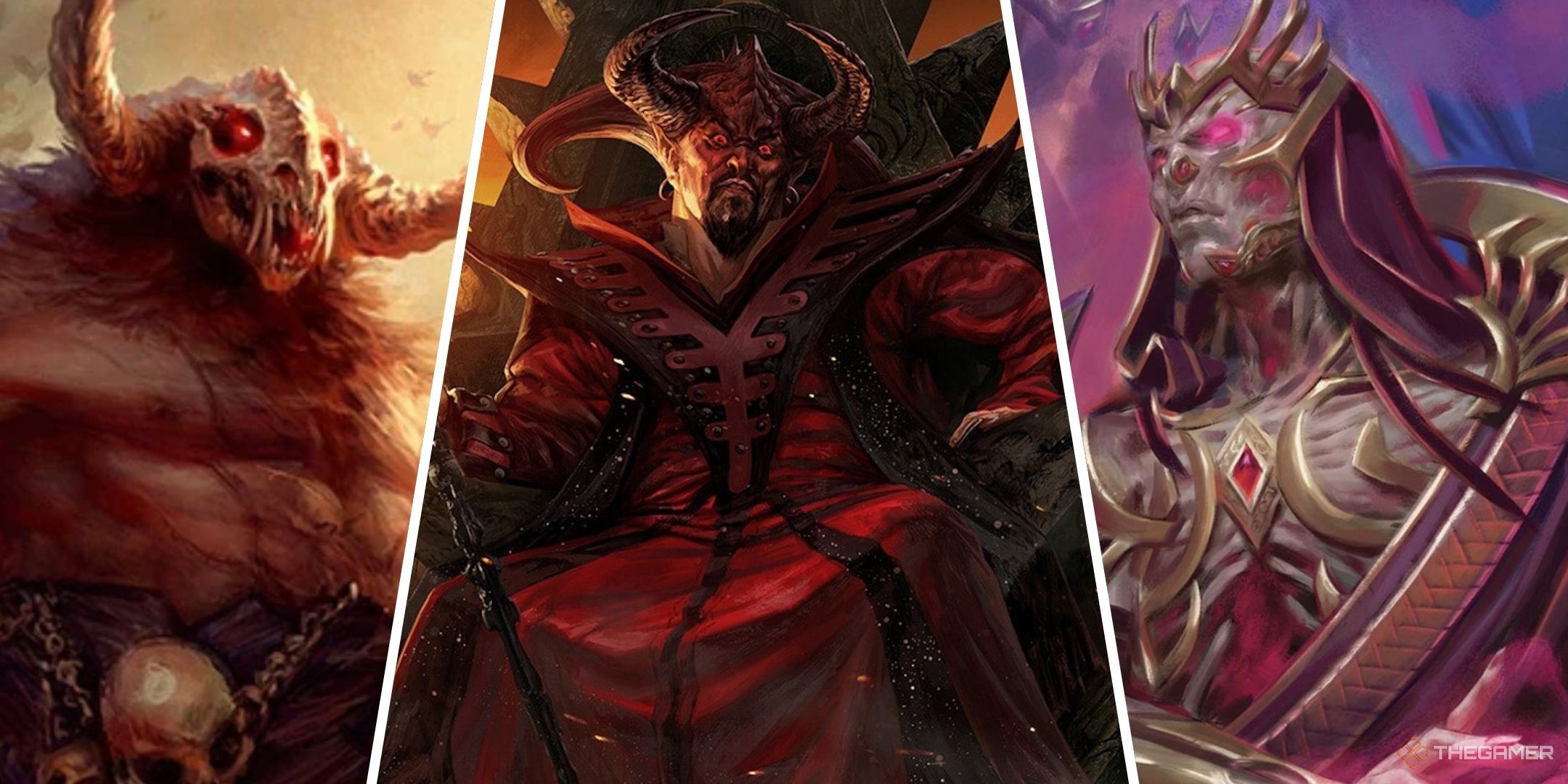
Related
The main aspect to consider when matching plot hooks to tone is establishing the stakes of the adventure. If Strahd only wishes to start his own winery business and is a villain for undercutting the Wizard of Wines’ profits, it loses the horror aspects with the lack of centuries of despair and tyranny.
2
Use The Right Amount Of Tension
The right amount of tension can have your players biting their nails in anticipation and praying for high rolls on every stealth check and attack roll. This is great for high-stakes adventures with intense themes, but does not lend itself as a viable atmosphere for telling jokes and roleplaying with Bingus the juggling goblin.
Heroic adventures might have shifting tension, increasing the stakes at the right moments that act as a signal for players to step into their roles as saviors and jump into action. Tension also only works if you enforce consequences, which will have shifting degrees of punishment depending on what tone you are aiming for.
1
Match Your Player’s Energy
Ultimately, as the DM, you are providing an experience for the entire table, and if that table prefers to use Mage Hand to pants guards and give the King pink hair, then ignoring these cues can cause a rift between the two groups. If your player describes their character as trembling with fear, use that as a cue to keep with a horror theme.
This isn’t to say that you can’t influence the tone of the table as the DM, but rather you should make sure that you are DMing the type of game that everyone is attempting to play. While you should be wary of players trying to hijack your game, improvising the tone along with trusted players can create more memorable campaigns.

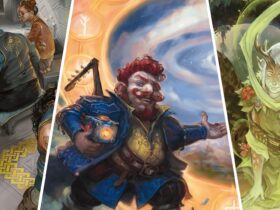
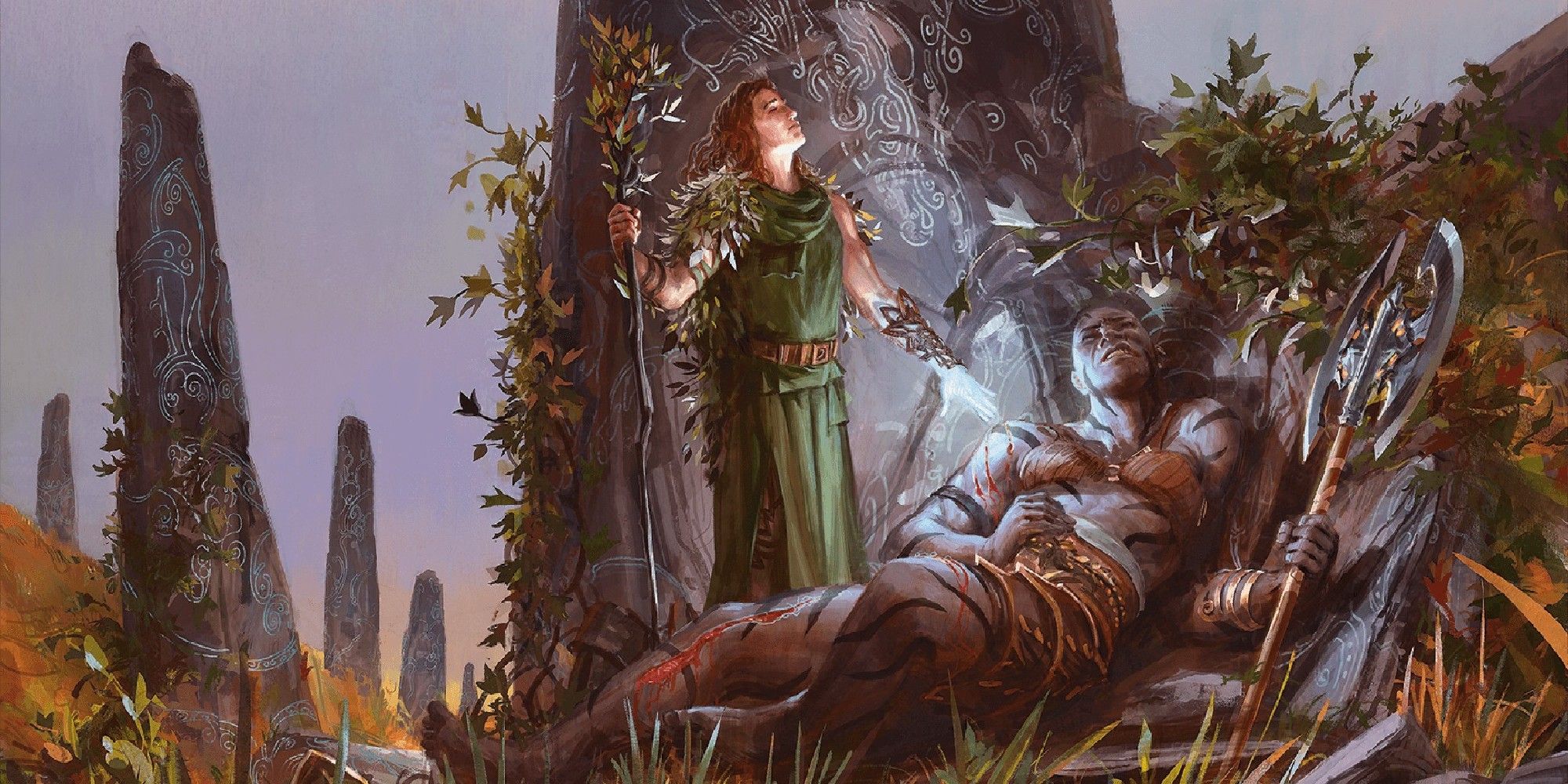
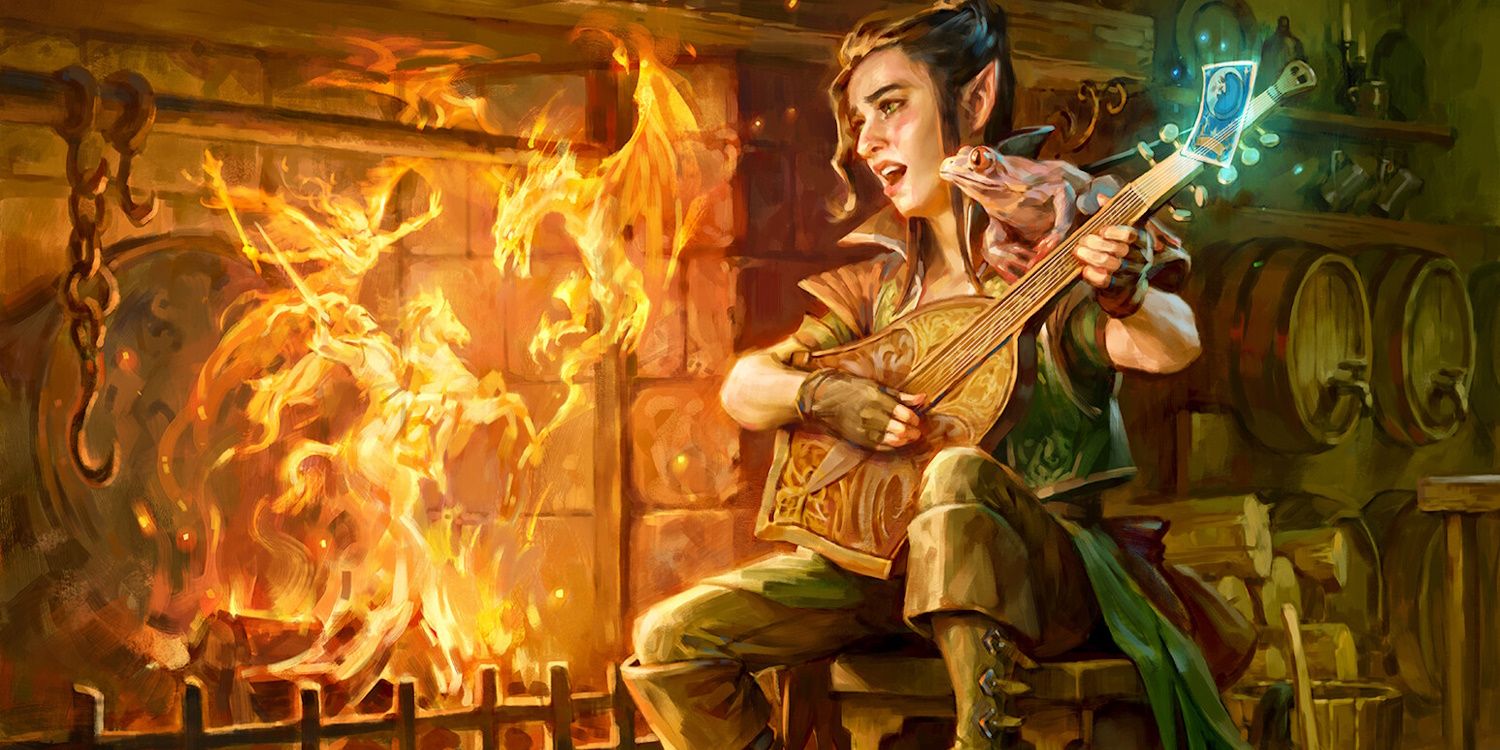
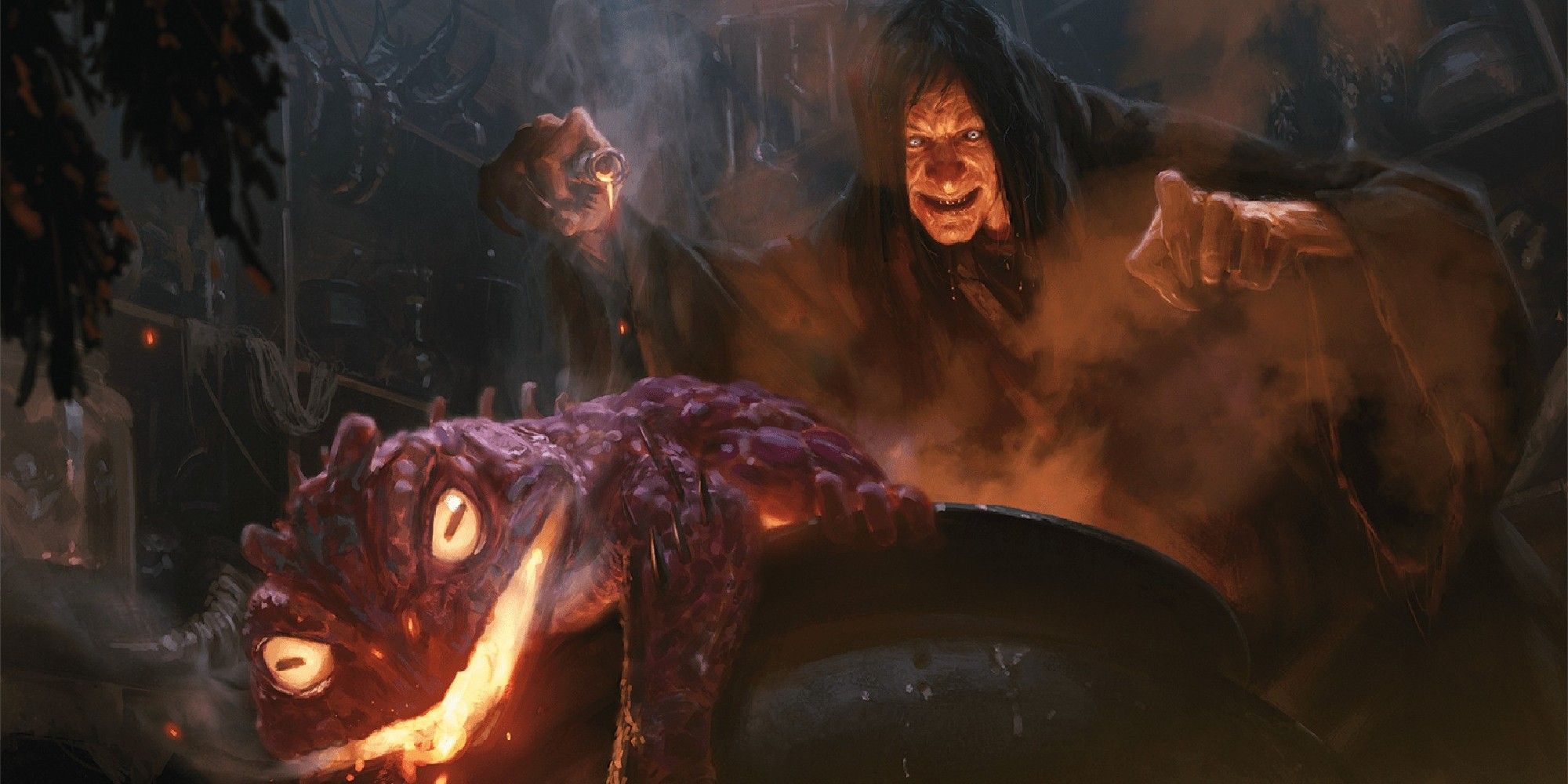

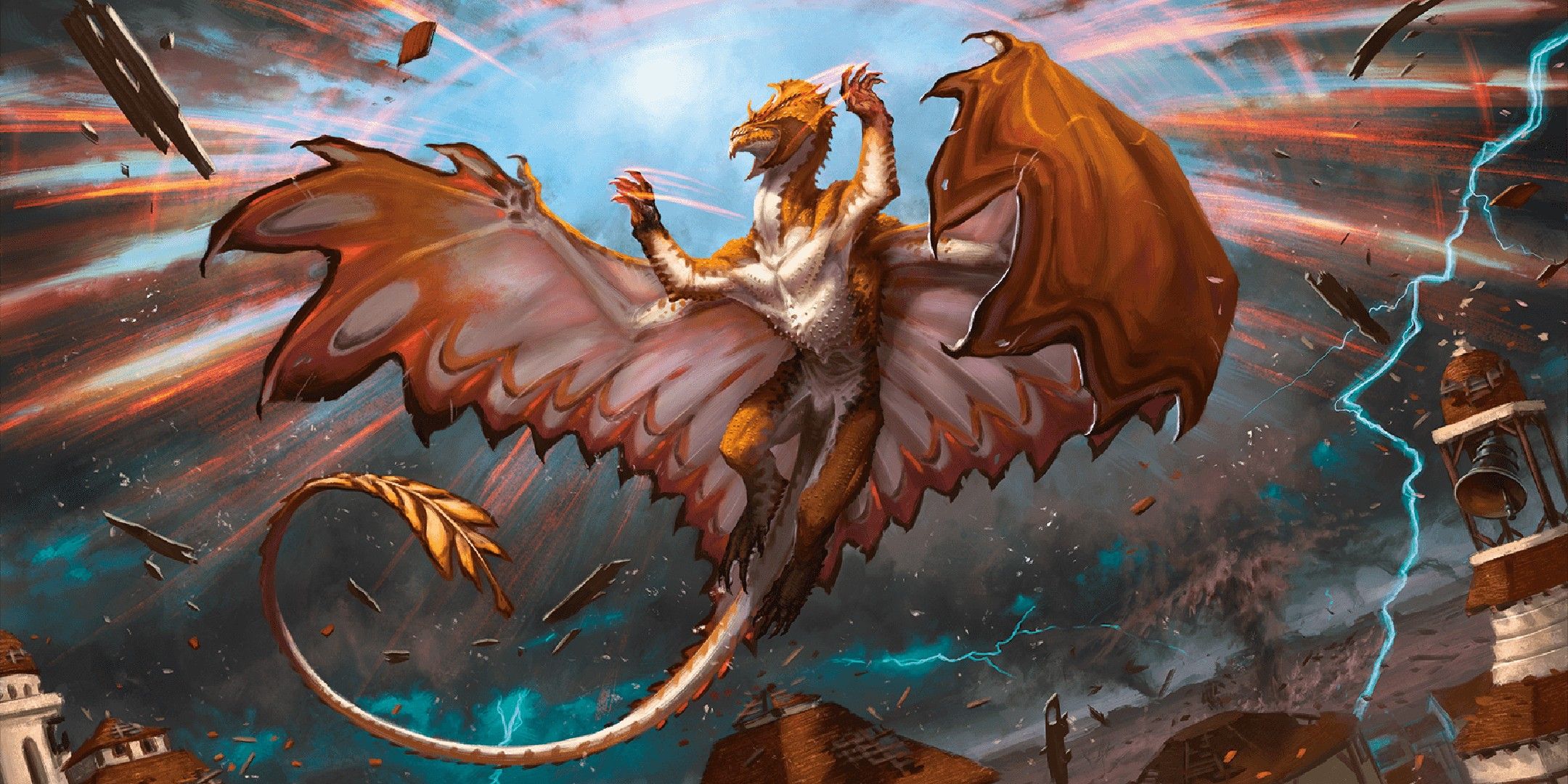
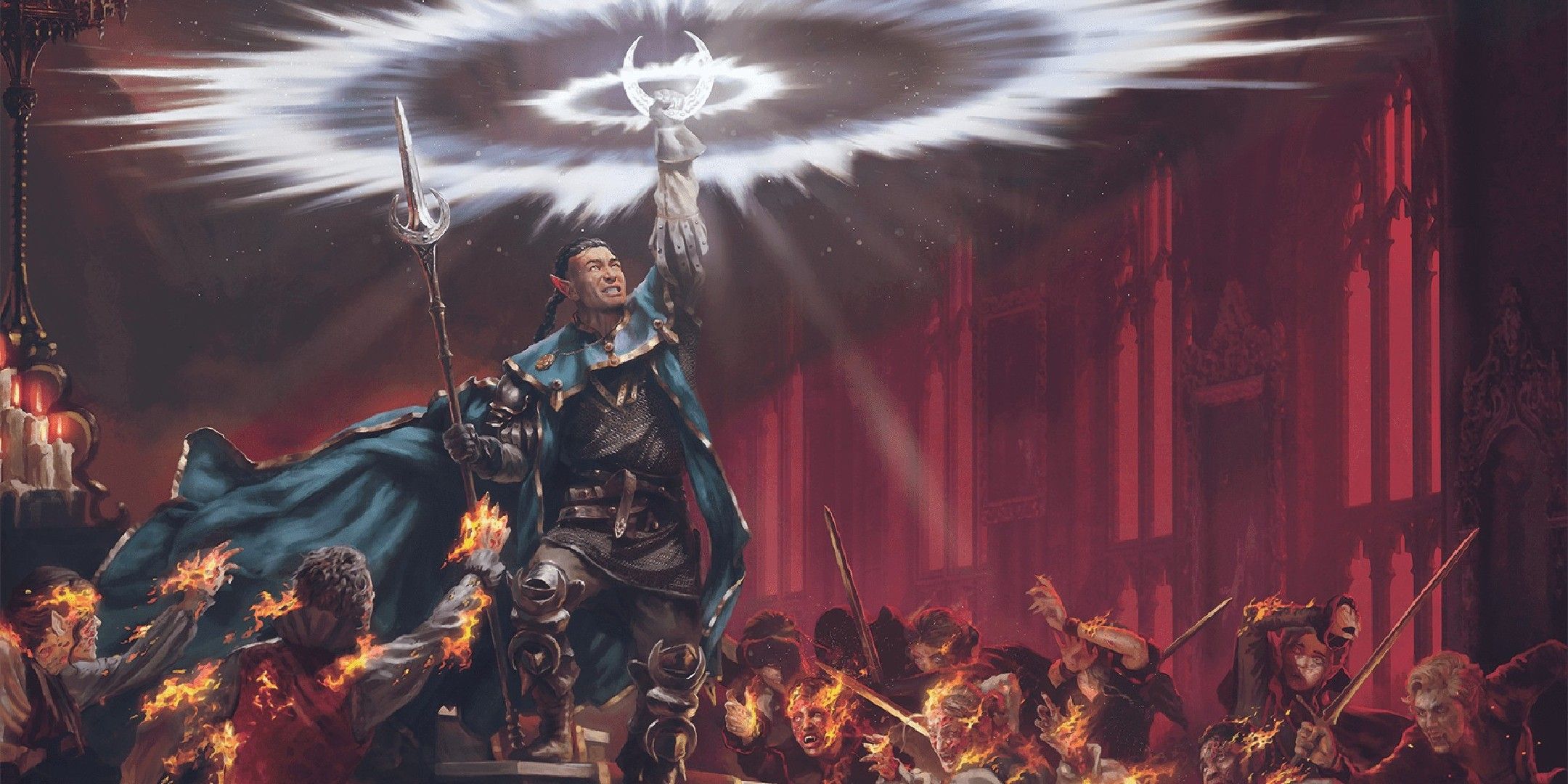

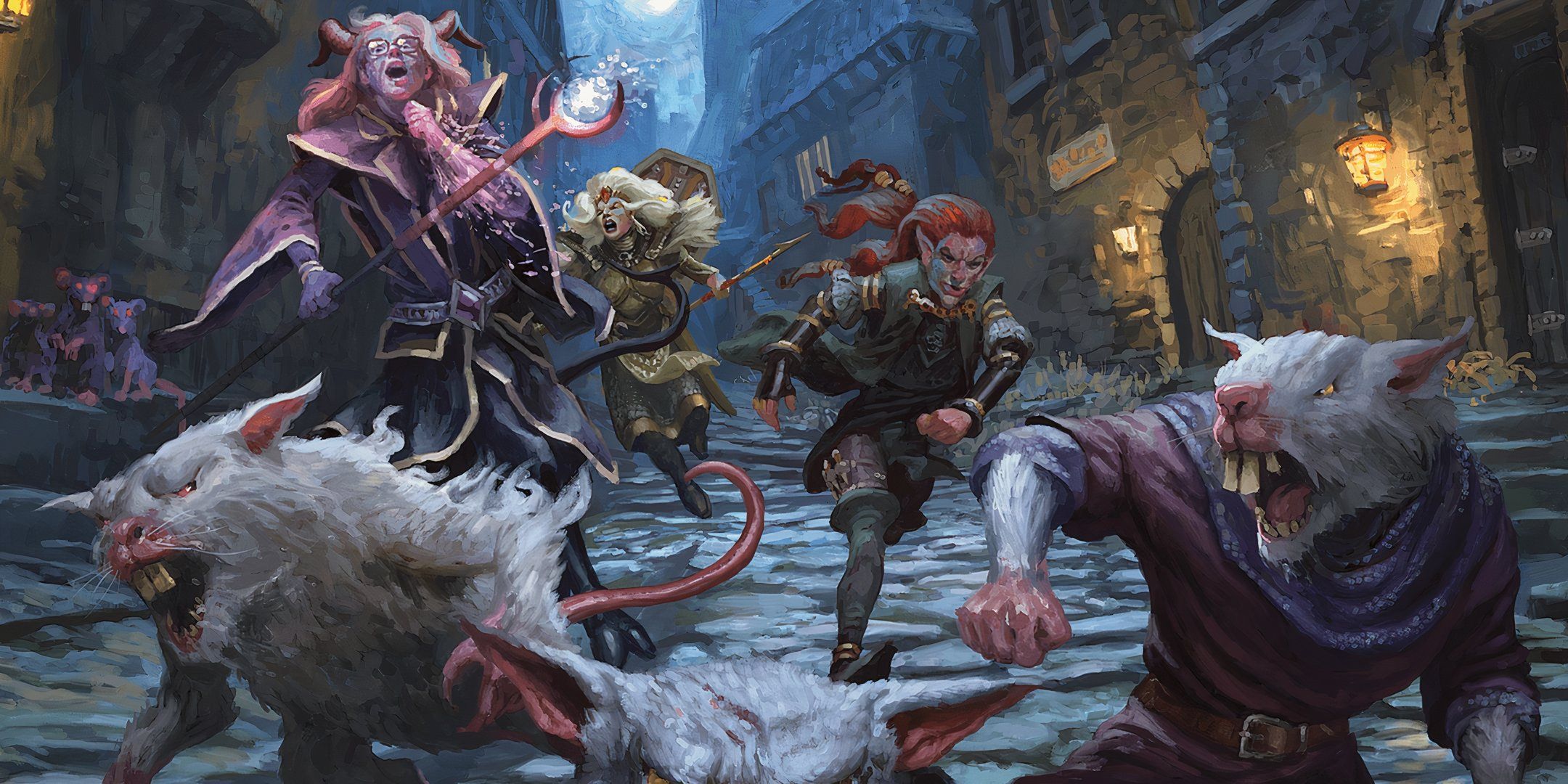
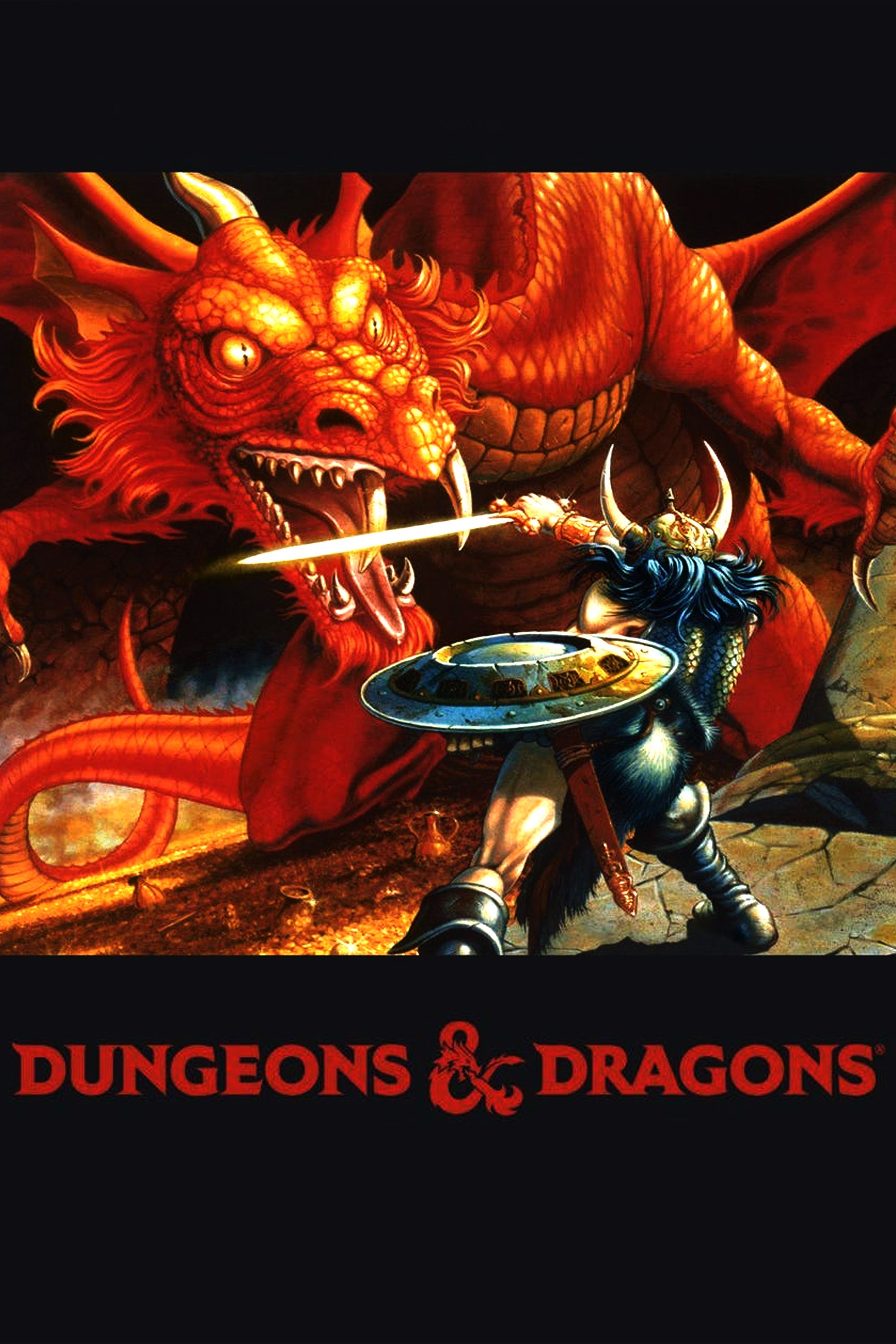



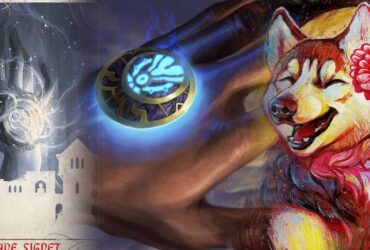
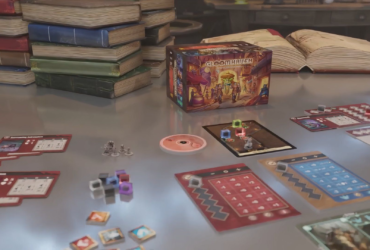
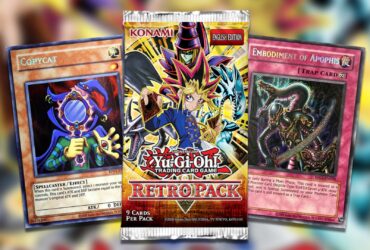

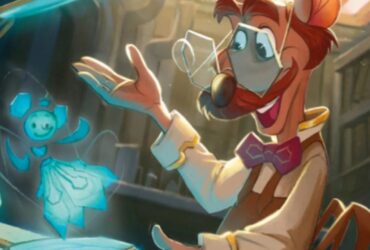
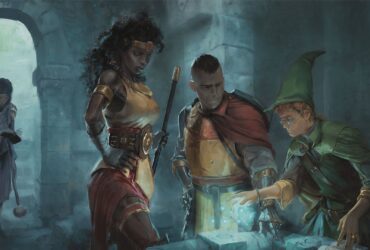
Leave a Reply